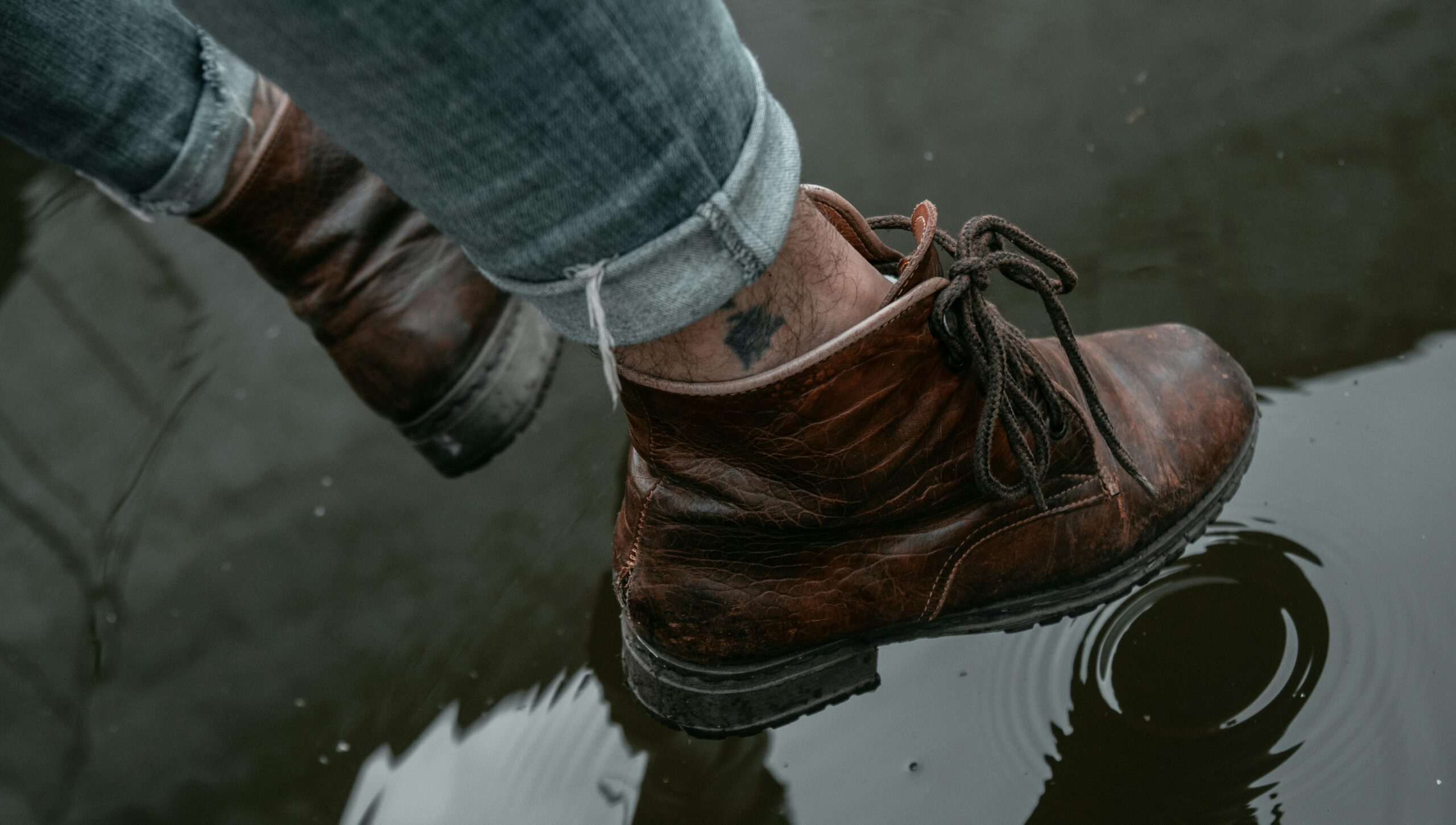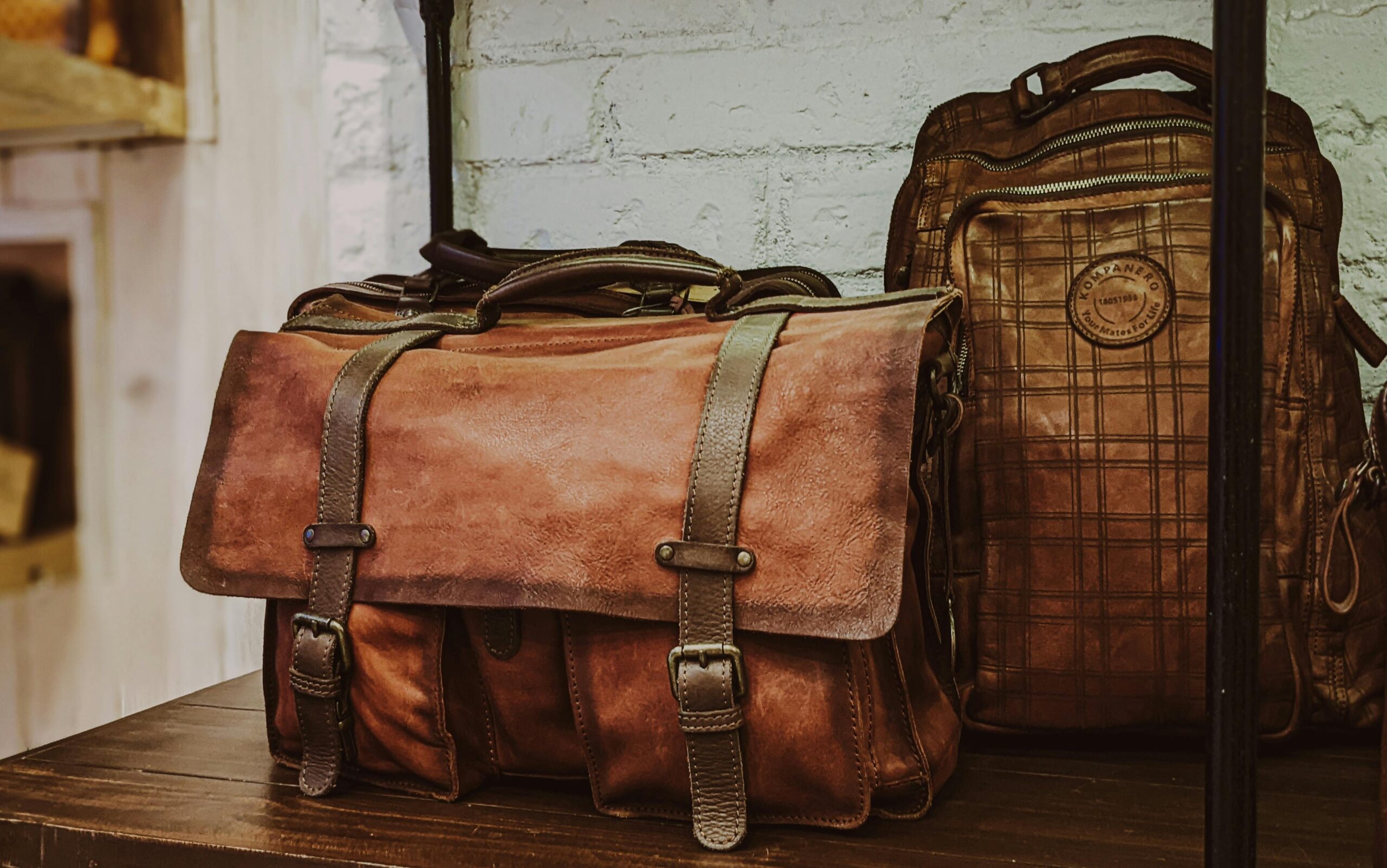
Blog
How to Care for Camel Leather: Tips for Longevity and Beauty

Camel leather is prized for its durability, unique texture, and natural beauty. Whether you own a camel leather bag, jacket, or piece of furniture, proper care is essential to maintain its appearance and extend its lifespan. Unlike other types of leather, camel leather has distinct qualities that require specific maintenance techniques. In this article, we’ll guide you through the best practices for caring for your camel leather items, ensuring they remain as stunning as the day you first got them.
1. Cleaning Your Camel Leather
Regular cleaning is the foundation of good leather care. Camel leather, with its dense fibers and rich texture, requires gentle yet effective cleaning to avoid damage while removing dirt and grime.
Dry Cleaning For everyday care, start by gently wiping your camel leather item with a soft, dry cloth. This will remove any surface dust and prevent it from settling into the leather. A microfiber cloth works well for this purpose, as it won’t scratch the leather.
Deeper Cleaning When your leather item needs more thorough cleaning, use a damp cloth (not wet) to gently wipe down the surface. Avoid using too much water, as camel leather can absorb moisture, which may lead to staining or stiffness. If necessary, use a leather cleaner specifically designed for camel leather or other delicate leathers. Apply a small amount of the cleaner to a cloth, then gently rub it into the leather in circular motions, focusing on any particularly dirty areas. Afterward, wipe away any excess cleaner with a dry cloth.
2. Conditioning Camel Leather
One of the key aspects of maintaining camel leather is keeping it well-conditioned. Leather is a natural material that can dry out over time, leading to cracks and a loss of its supple texture. Conditioning helps to replenish the natural oils in the leather, keeping it soft and flexible.
Choosing a Conditioner When selecting a leather conditioner, opt for one that is suitable for camel leather or sensitive leathers. Avoid products with harsh chemicals or heavy oils, as these can damage the leather or alter its appearance. Natural conditioners or those based on lanolin and beeswax are good options.
How to Condition Apply a small amount of conditioner to a clean, soft cloth. Gently rub the conditioner into the leather, working in small sections and using circular motions. Pay extra attention to areas that receive a lot of use, such as the handles of a bag or the elbows of a jacket. Allow the conditioner to absorb into the leather for several hours or overnight, then buff the surface with a dry cloth to remove any excess and restore the leather’s natural sheen.
3. Protecting Camel Leather from the Elements
Camel leather is naturally resilient, but like all leathers, it can be vulnerable to the elements, particularly moisture and sunlight. Taking steps to protect your leather items from these environmental factors will help preserve their beauty and durability.
Water Protection While camel leather is more water-resistant than some other leathers, it’s still important to protect it from excessive moisture. If your item is exposed to rain or spills, gently blot the water with a dry cloth—do not rub, as this can push the moisture deeper into the leather. For added protection, consider applying a water-repellent spray designed for leather. Be sure to test the product on a small, inconspicuous area first to ensure it doesn’t affect the color or texture.
Sunlight Protection Prolonged exposure to direct sunlight can cause camel leather to fade and dry out. To prevent this, store your leather items in a cool, shaded area when not in use. If you’re using camel leather furniture, try to position it away from windows or use curtains to block out strong sunlight during the day.
Storage Tips When storing camel leather items, avoid placing them in plastic bags or other non-breathable materials, as this can trap moisture and lead to mildew. Instead, store them in a dust bag or a pillowcase, which allows the leather to breathe. Keep bags and jackets in a well-ventilated space, away from extreme temperatures and humidity.

4. Dealing with Stains and Scratches
Despite your best efforts, stains and scratches can sometimes occur. Knowing how to handle these mishaps can save your camel leather item from permanent damage.
Removing Stains For minor stains, such as those from food or drink, blot the area immediately with a dry cloth. Avoid rubbing, as this can spread the stain. If the stain persists, dampen a cloth with lukewarm water and gently dab the area. For more stubborn stains, you may need to use a leather cleaner specifically formulated for camel leather. As always, test any product on a small, hidden area first.
Addressing Scratches Camel leather is durable, but it’s not immune to scratches. Minor scratches can often be buffed out using a soft cloth or your fingers, as the warmth from your hand can help redistribute the leather’s natural oils. For deeper scratches, you may need to apply a leather conditioner or a repair cream designed for camel leather. Gently rub the product into the scratch, and let it absorb before buffing with a clean cloth.

5. Long-Term Care and Maintenance
The key to keeping your camel leather items in top condition is regular maintenance. By incorporating these care practices into your routine, you can ensure that your leather remains beautiful and functional for years to come.
Regular Inspections Periodically inspect your camel leather items for signs of wear, dryness, or damage. Early detection allows you to address issues before they become more serious, whether it’s reconditioning dry areas or repairing minor scratches.
Professional Care For valuable or heavily used items, consider taking them to a professional leather cleaner once a year. Professionals have the expertise and tools to clean, condition, and repair leather without causing damage, helping to extend the life of your items.
Conclusion
Camel leather is a beautiful, durable material that can last for decades with the proper care. By following these cleaning, conditioning, and protection tips, you can keep your camel leather items looking their best, ensuring they continue to be a source of pride and enjoyment for years to come. Whether it’s a treasured handbag, a stylish jacket, or a piece of furniture, investing time in maintaining your camel leather will pay off in the long run, preserving its natural beauty and functionality.

